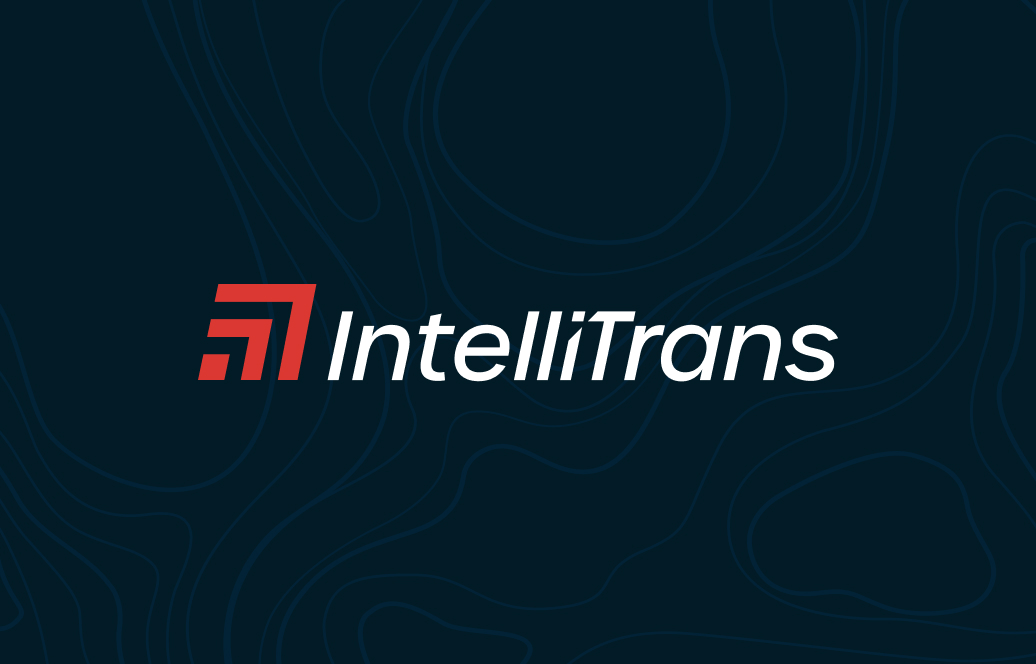

Supply chain resilience is a hot topic right now as organizations continue to wade through the complexities brought on by the global pandemic while also planning for the future. Defined by Gartner as an organization’s ability to avoid or absorb the business impact of major disruptions, resilience is a deliberate strategy focused on strengthening the supply chain’s ability to manage risk and disruptive events.There are numerous ways to address supply chain resilience. Improving visibility, monitoring supplier performance, paying attention to end user consumption and usage patterns, and gaining a better understanding of what’s going on across all nodes of the supply chain are just some of the strategies that companies are using.Putting extra effort into supply chain sustainability is another pathway to resilience. Put simply, when companies consider both the environmental and human impacts of their supply chains—from raw material sourcing to manufacturing, warehousing, delivery and transportation—their business resilience also improves. Making Sustainability InroadsIn Sustainability Is the Pathway to Supply Chain Resilience, representatives from The Conference Board and CBRE discuss how the concept of resilience has risen to top of mind for supply chain executives, who must prepare for unforeseen disruptions and ensure speedy recoveries. “Companies also face increased expectations from legislators and consumers to address environmental and social responsibilities,” they write. “In this respect, supply chain sustainability is inseparable from the drive for resilience.”They say improving sustainability performance is among the top three factors that will influence future supply chain design, according to a recent Conference Board survey. Yet companies still have deeper inroads to make when it comes to properly engaging in sustainable supply chain practices. “Just 6% of S&P 500 companies disclose the share of new suppliers they screen using social criteria,” they report, “and only 5% disclose the share of new suppliers they screen using environmental criteria.”Here are three ways that the authors say companies can start making more meaningful sustainability-resilience connections:
The Conference Board and CBRE aren’t the only ones highlighting the clear connections between a company’s sustainability initiatives and its resilience. According to the chief procurement officer (CPO) at Rolls-Royce, the link between sustainability and business performance makes sense, and the most resilient supply chains are also the most sustainable ones.“A resilient supply chain is a sustainable supply chain,” the automotive CPO said, as reported by the Chartered Institute of Procurement & Supply (CIPS). “Achieving our sustainability goals is complementary with achieving efficiency, circular economy, attracting great talent – it’s not a mutually-exclusive thing, it’s heavily embedded.”Steps in the Right DirectionAs supply chain shortages and disruptions continue to permeate the business landscape in 2022, organizations are looking inward at their own supply chains. They’re finding ways to enhance resiliency while also evaluating the long-term impact of how products are sourced and transported. Companies whose supply chains were designed to be lean, efficient and linear are rethinking their approaches and breaking out of the “take, make, waste” model, according to InformationWeek. “As global threats continue to emerge, organizations must adapt their supply chains to become more flexible and resilient,” the publication states. “By shedding the limitations of a traditional linear supply chain model, entire industries can be confident in their abilities to overcome material scarcity, ensure sustainability of their operations, and enhance their readiness in the face of inevitable future disruption.”
.avif)
Technology that Supports Sustainable Supply ChainsIntelliTrans’ Global Control Tower provides high levels of supply chain transparency; aggregates, completes, and enhances data from a variety of sources; offers visibility into and execution of different aspects of the supply chain; and generates data-driven alerts and analytics that ask deeper questions and deliver meaningful insights.By leveraging tracking information, the Global Control Tower provides analytics that measures key performance indicators (KPIs) like fleet cycle time, origin/destination dwell time, lane and hauler performance, back orders, freight spend, load optimization, and more. With their rate, equipment, lease, tracking, and invoice data in a central repository that’s accessible 24/7, companies can position themselves for success in any market conditions.